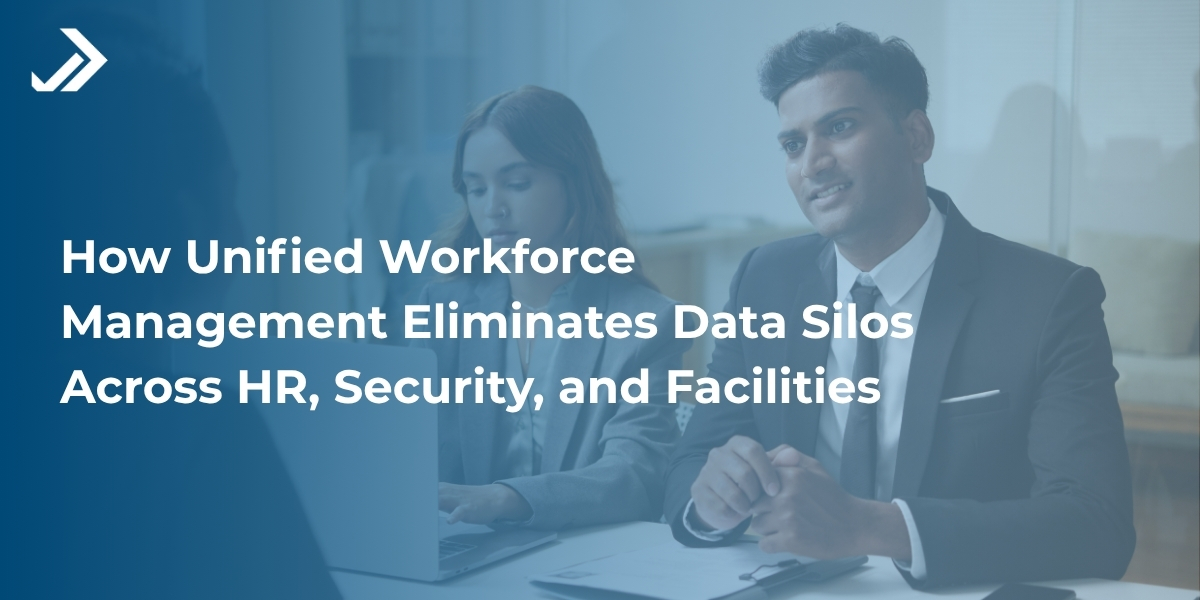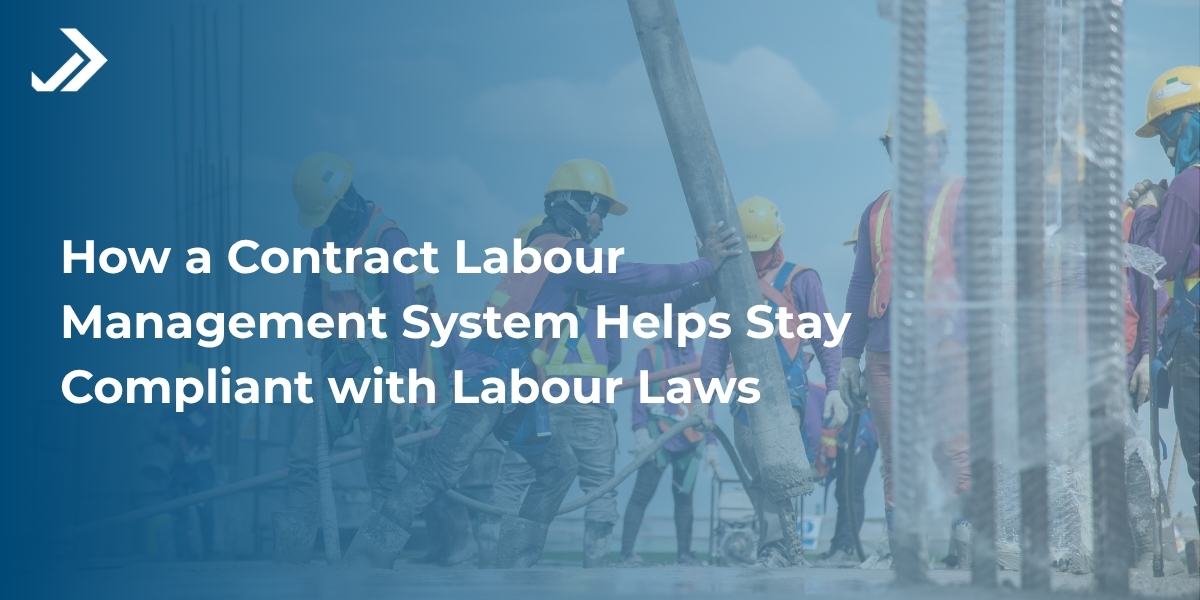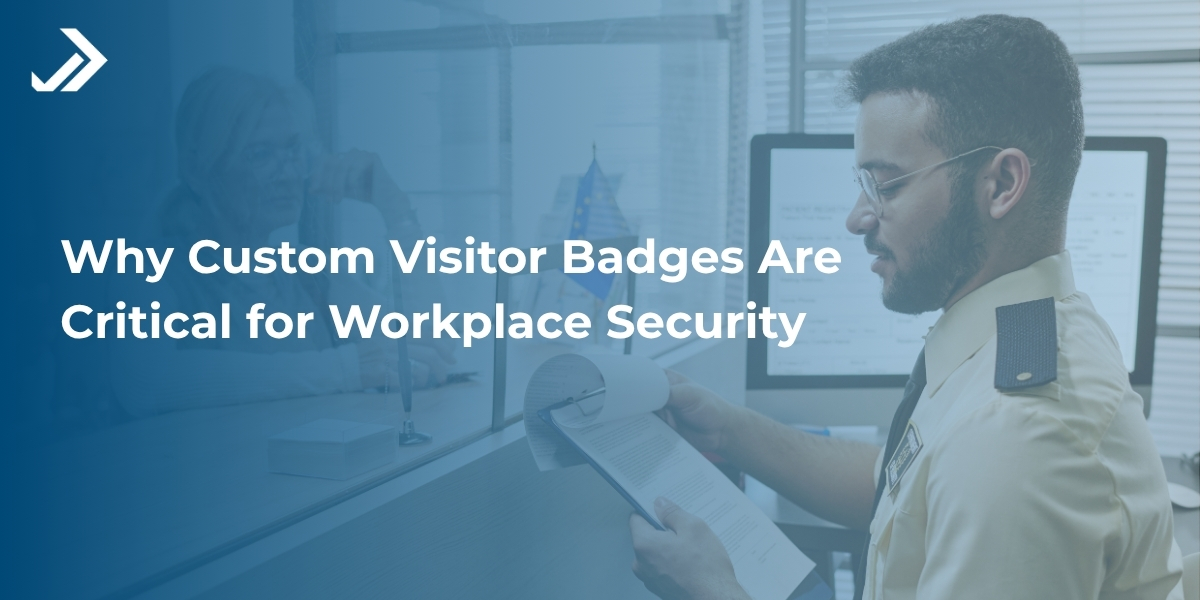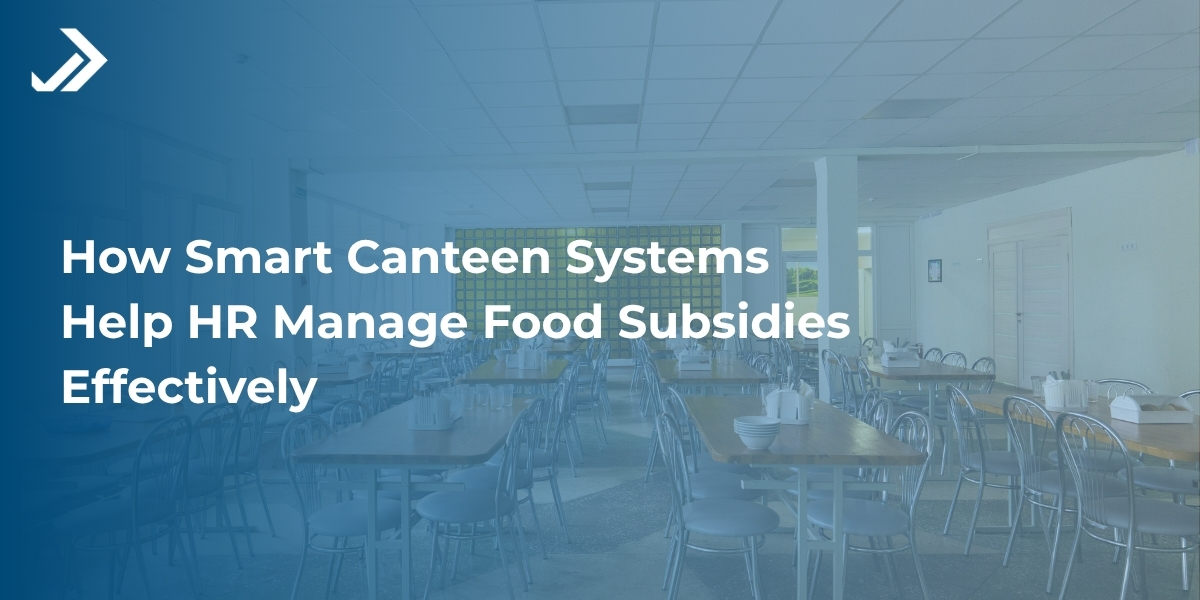

Author : Marketing Team | Follow us on LinkedIn:
12 Sep, 2025
Why Global Enterprises Are Moving to Centralized Access Control Systems
Table of Contents
A company with offices in Delhi, warehouses in Ahmedabad, data centers in Bengaluru, and a satellite hub in Pune each location runs a separate access control system. Different hardware. Different policies. Different administrators. No shared oversight.
When someone from HQ needs secure, time-bound access at a regional office, the gaps become clear. Compliance teams struggle to generate unified audit trails. In the event of a breach, no one knows who entered, where they entered, or when it occurred.
That’s not just inefficient, it’s a serious risk.
A centralized access control system eliminates this fragmentation. It replaces isolated systems with a unified view, manual processes with automation, and uncertainty with accountability. It’s not just about enhancing security, it’s about enabling confident, agile decision-making across the enterprise.
What Is a Centralized Access Control System?
A centralized access control system is a unified platform that governs access across users, locations, and credentials—all in one place. You assign roles, permissions, and schedules from a single dashboard, whether the door is in Ahmedabad or Pune.
In a decentralized setup, each site manages its own system. That might work for smaller companies. But for enterprises, it invites inconsistency. Policies vary. Logs scatter. And scaling becomes a logistical nightmare.
Centralized systems, by contrast, maintain tight and synchronized access logic. You define rules globally, then apply them locally with just the right amount of flexibility. The result is a cohesive and scalable way to manage physical access, regardless of how widely distributed your operations are.
Why Global Enterprises Need Centralized Access
When access systems operate in silos, things slip through the cracks. Unauthorized entries go unnoticed. Compliance audits drag on for weeks. Coordinating across time zones becomes a ticketing mess.
A centralized system offers:
- Real-time visibility: Know who’s accessing which door, when, and why across every facility, 24/7.
- Simplified control: Make instant access changes globally without hopping between local servers or software.
- Standardized policies: Whether it’s a biometric-only zone or time-restricted entry, apply rules consistently.
- Multi-site support: Enroll users across continents without recreating profiles from scratch.
Security isn’t just local anymore. It’s global. And managing it should be too.
The Strategic Role of Visitor Management in Centralized Access
Employees aren’t the only ones entering your buildings. Contractors, guests, vendors they all need oversight.
A Visitor Management System (VMS) complements your centralized access control by handling non-employee entries with the same rigor and visibility. From pre-registration and ID capture to badge issuance and departure tracking, VMS helps you:
- Enforce uniform visitor policies across offices and countries
- Grant temporary access credentials based on purpose and duration
- Maintain a central log of every guest, no matter where they visited
Your front desk experience gets smarter. Your compliance improves. And your data stays centralized.
Benefits of Centralized Access Control System for Global Enterprises
Here’s what businesses unlock when they move to centralized access:
Consistent Security Policies:
Security breaks down when every site or department interprets rules differently. A unified access control system ensures policies are defined once and applied everywhere whether it’s password strength, biometric requirements, visitor rules, or access schedules. This consistency reduces gaps, prevents “weak links” across locations, and ensures that every employee, contractor, or visitor faces the same standards, no matter where they are. It also makes policy updates effortless change it in one place, and it’s enforced across the entire organization.
Reduced Admin Workload:
Managing multiple profiles and permissions across different systems is not only repetitive but also error-prone. With a unified access control system, administrators don’t have to create duplicate accounts, update settings in multiple places, or chase down mismatched permissions. Everything is managed once, centrally, which drastically cuts down the time spent on manual tasks and reduces the risk of mistakes.
Audit-Readiness:
Regulatory audits often demand detailed logs of who accessed what, when, and how. When those records are spread across different platforms, compiling them becomes a headache. Unified logs provide a single, consistent source of truth, making it easier to pull the right reports at a moment’s notice. This ensures compliance with standards like ISO, SOC, or GDPR while giving auditors the transparency they need.
Operational Efficiency:
From onboarding new employees to revoking access for departing staff, speed matters. A centralized system allows IT and HR teams to provision access within minutes, revoke it instantly when needed, and update permissions without navigating multiple platforms. This reduces downtime for employees, keeps workflows smooth, and ensures that changes are executed correctly the first time.
Disaster Recovery & Incident Response:
When a security incident or emergency strikes, organizations need to act fast. A unified system allows security teams to revoke access, lock down facilities, or adjust credentials across all locations simultaneously. Whether it’s containing a breach, isolating a compromised account, or responding to a physical incident, centralized control ensures the response is swift, coordinated, and effective.
Scalability:
As businesses grow, new offices, warehouses, or facilities are added and so are new users. A scalable system adapts to this growth seamlessly. Instead of redesigning or duplicating access policies for each new site, organizations can extend existing rules and frameworks to new environments. This means scaling operations without scaling complexity, ensuring consistent security no matter how large the enterprise becomes.
Security becomes a function of intelligence, not just infrastructure.
Implementation Tips for Centralized Access Control
A powerful system still needs a thoughtful rollout. Consider these tips:
- Choose a vendor built for scale, with proven support for multi-location deployments.
- Ensure integrations with HRMS, ERP, and compliance systems are smooth.
- Delegate with control. Train local admins to manage site-level nuances within the global policy framework.
- Make redundancy non-negotiable. Your access logs and credentials should be securely backed up and protected.
Centralized doesn’t mean inflexible it means smart governance with layers of delegated authority.
The Future: Access Control as a Global Strategy
Access control isn’t just about doors anymore. It’s part of a larger operational brain:
- Predictive insights: Know access trends before they turn into incidents.
- IoT integration: Control HVAC, lighting, or alarms based on access behavior.
- Smart buildings: Combine access data with energy usage, occupancy, and space optimization.
- Unified decisions: Merge employee and visitor data to understand how people move, gather, and use your facilities.
Security isn’t just reactive. It’s strategic.
Conclusion
As enterprises grow across regions, so do the challenges of managing who goes where, when, and why. Fragmented access systems only add noise and risk.
A centralized access control system, coupled with a strong Visitor Management System, provides clear visibility. It gives enterprises one language of control, one system of record, and one view of reality across every door they manage.
This shift isn’t just about technology. It’s a shift in mindset from site-level management to enterprise-level intelligence. The sooner companies make it, the better equipped they’ll be for the risks and opportunities of a global footprint.








